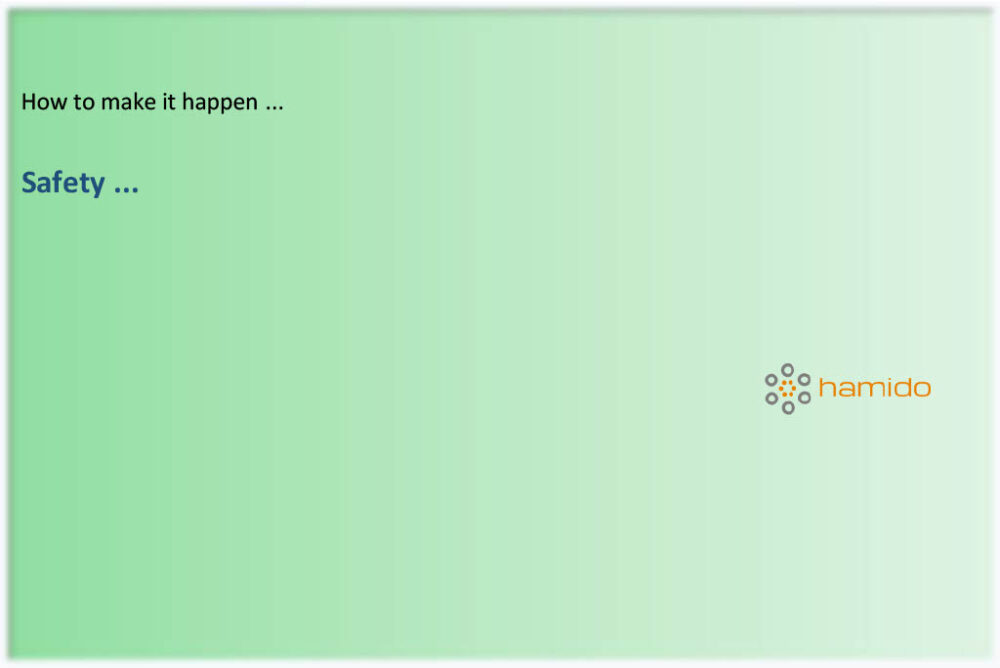Safety helmet is a personal safety equipment which is resistant to perforation, water and fire and used to protect the head. Absorbing the impact, reduces the risk of serious head and brain injuries.
Safety helmet protection:
- Impact resistance
- Shock absorption
- Electrical resistance
- Heat resistance
- Flame resistance
- Water absorption
Safety helmet types:
1- Construction helmet (General use)
- Resistant to falling objects
- Resistant to perforation by sharp objects
2- Forestry helmet
- Resistant to falling wood
3- Electrician helmet
- Resistant to electrical current
4- Bump cap
- Resistant to light impacts
- Not suitable for falling objects
Safety helmet components (depend on accidentology):
- Cover / shell (outer surface): to distribute the impact over a large and tough surface
- Harness (inner absorbing liner): to absorb the shock and impact by soft padding
- Comfort padding (foam and cloth layer)
- Chinstrap or retention system (adjustable): to fasten the helmet on the head with chin or neck straps.
- Eye and Face protection - additional
- Hearing protection - additional
- Cooling cap - additional
Safety helmet specifications:
- Material:
- PE: Polyethylene
- HDPE: High density polyethylene
- UV-resistant HDPE
- Aluminium
- Fiberglass
- Adjustable size
- Comfortable
Safety helmet styles:
- Full face
- Open face
- Half head
- Tropical
Safety helmet colors:
- Yellow: Laborer
- Blue: Non-civil workers (Electrician, Carpenters etc.)
- Brown: Welder
- White: Manager, Supervisor, Engineer, Foreman
- Green: Safety officer
- Red: Fire fighter
- Grey: Site visitor
Safety helmet applications:
- Mining
- Industries
- Construction site
Related standards:
- EN 812
- EN 397
- EN 14052
- EN 50365
- ANSI
- ISEA Z89
- CSA Z94.1




Leave a Reply